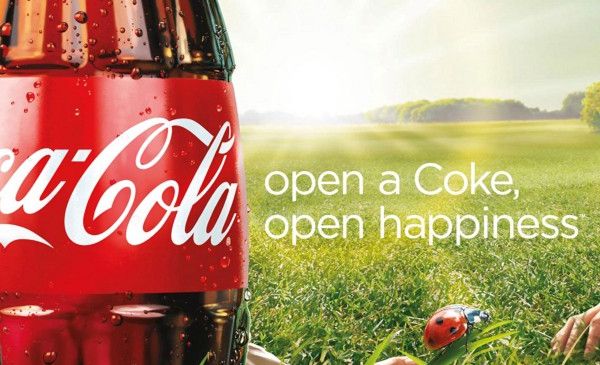
Great products sell themselves. No they don’t. But equally, people don’t just buy brands because they’re brands either.
Familiarity matters, but for the most part today’s customers are far too sophisticated to buy just anything with a nice or familiar name attached to it. Or rather to keep buying it without question.
A brand by itself doesn’t guarantee you anything.
Sometimes companies with brands that were once iconic forget that. They somehow believe that because the branding process can add margin, all brands must equal margin and presence must equal profit. Wrong. So wrong. Brands will only bring margin when everything else is right.
Right itself seems pretty straightforward. Make a really interesting brand promise. Deliver on it in really interesting ways. Do that, and the circle is seamless. Get it wrong and the circle is vicious.
When you don’t pay attention to the detail of your brand, there are consequences. The brand itself starts to break down. It degrades. To a name. And instead of a brand portfolio, all you’re really left with is a list masquerading as an asset base.
Making that list longer or wider doesn’t add to its value. It doesn’t mean you have diversified. It’s not a segmentation strategy. It just adds complexity, cost and confusion to what is now a catalog.
So what else can a brand do? Strategists tend to think of the other tools in the brand boosting toolbox in terms of repositioning or revamping the look and feel. But a question I’ve been pondering on for some time now is, “Could just the promise change?” If neither brands nor products can afford to remain static, it would make sense that promises can’t either. And yet the concept of re-promising (by itself and not necessarily accompanied by a fundamental shift in the brand positioning) doesn’t seem to come up that often in strategy conversations.
Maybe that’s the real lead-off question for brands looking to iterate effectively today. And it’s not about changing the promise for the sake of it. For this to work your brand will need to promise buyers something consumers will pay more for, or more often for, or both. (Coke did it beautifully with the shift from refreshment to happiness.) Because that’s the other simple human truth at play here of course: one that affects brands, products and promises alike. If you don’t give people valid reasons to pay more, they won’t.
The Blake Project Can Help: The Brand Positioning Workshop
Branding Strategy Insider is a service of The Blake Project: A strategic brand consultancy specializing in Brand Research, Brand Strategy, Brand Licensing and Brand Education
FREE Publications And Resources For Marketers











